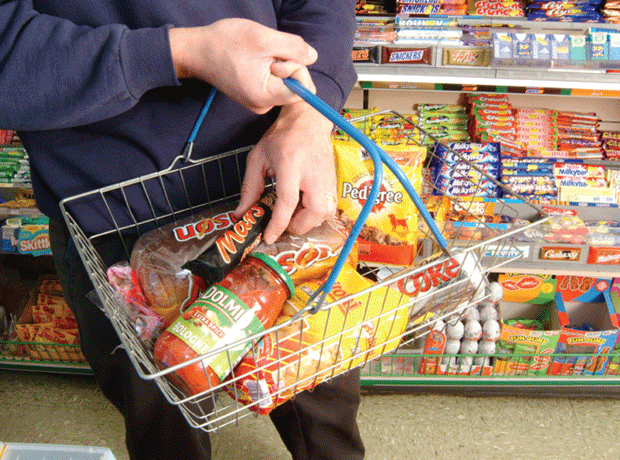One of the requirements of my job is to look for patterns within the convenience retailing sector. This can be tricky in an industry that is so dynamic and diverse, but there are three news items in this issue that certainly align neatly.
First, the 2012 Grocery Retail Structure was unveiled last week, and it has shown not only growth in the number of c-stores overall (the first time in recent history), but an all-time high in symbol group membership at 16,407.
Several factors are affecting the size of the c-store universe, but the success of the symbol group model in keeping independents in the marketplace is being proved time and again. And at the current rates of change, symbol retailers will outnumber unaffiliated independents by 2014.
The second bit of aligned news comes from HIM’s Convenience Tracking Programme Awards, which identified Nisa as the store fascia that scored highest for satisfying shoppers, ahead of all the national chains and co-operative societies in the programme. So it is not just retailers that symbol groups are chiming with - consumers are appreciating the model as well.
The third, entirely unrelated but nevertheless interesting, story sees Musgrave’s profits dipping, at least in part because they have invested in lower prices for their retail customers. There’s no doubt that the company needed to do this in the teeth of a downturn both in Ireland and the UK, but it’s welcome all the same. Wholesalers need to be profitable, but not at their customers’ expense.
So whichever way you look at it, and whatever colours you pin to your store, there’s a clear point to be made here. The symbol group model is working for both shoppers and retailers, and if you are considering whether a symbol is right for you, there’s a lot of evidence to demonstrate their ongoing strength within the convenience retail sector.


























No comments yet